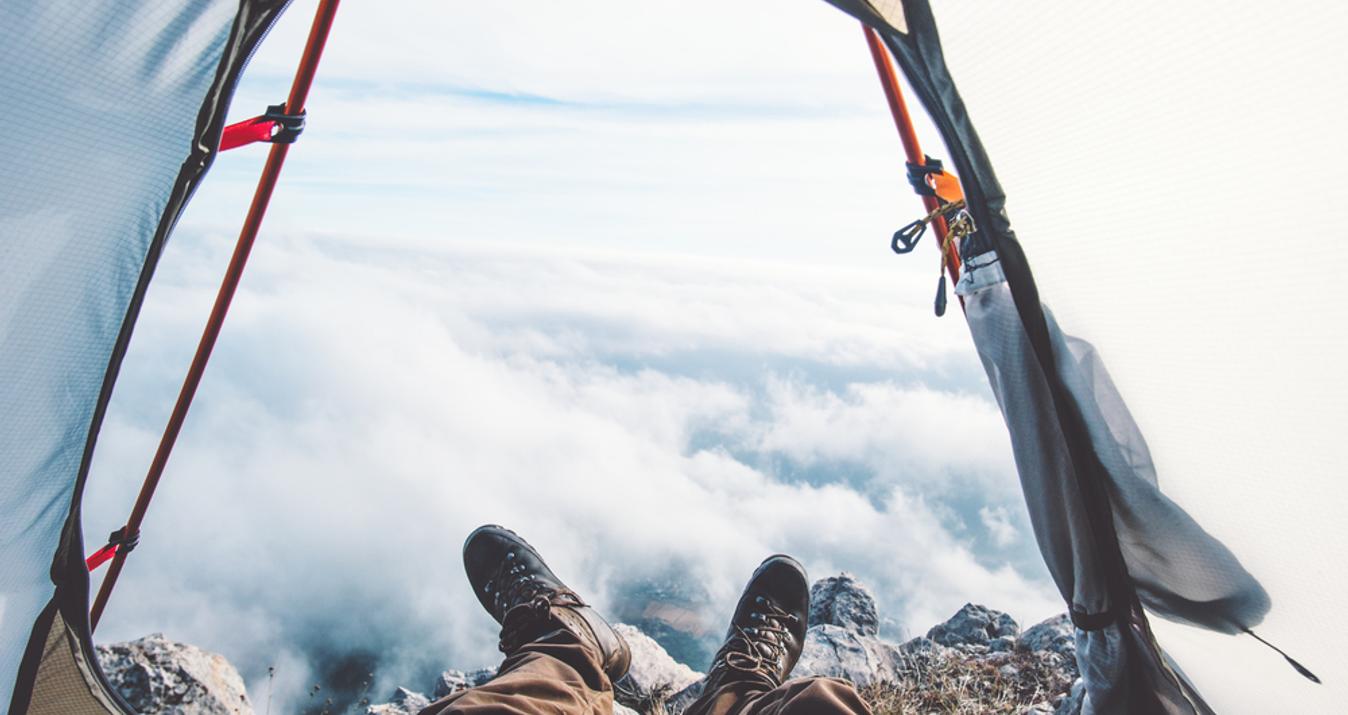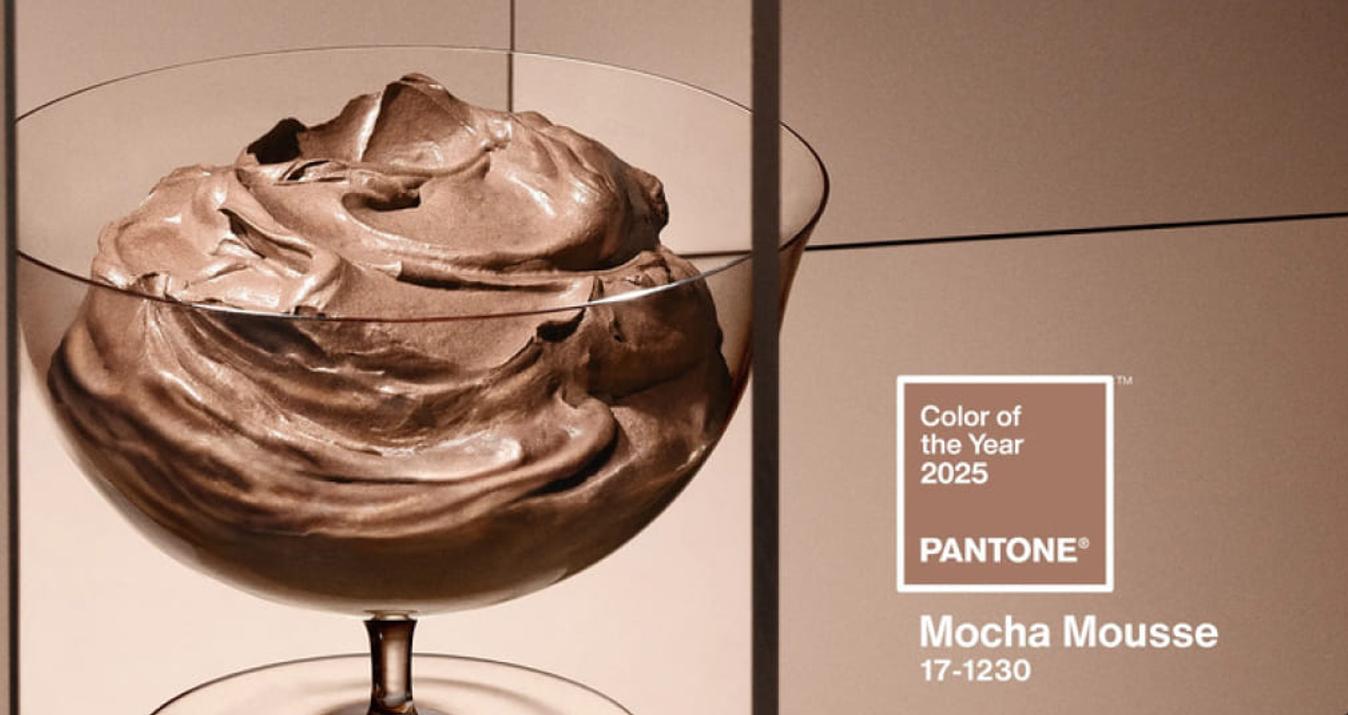35mm vs 50mm Street Photography: What's Better
February 04, 2025

Choosing the right lens for street photography can be challenging. Learn about the advantages of 35mm and 50mm lenses to enhance your photography experience.
Which lens should I pack? It’s a question every street photographer asks before heading out for a shoot. Sure, we could bring all our lenses, but the more we pack, the heavier our bags become—and for long walks around the city streets, the lighter we want to be. Plus, the subjects of street photography are usually out of our control. The fast-moving dynamics of the city, the fleeting moments, won’t wait for us to swap lenses. That’s why it’s often best to stick with one reliable lens to get the job done. When it comes to street photography, the choice often boils down to two options: 35mm or 50mm. While they may seem similar, the debate over which is best for street photography has been ongoing for years. In this article, we’ll shed some light on the differences and help you decide which lens suits your style best.
Why Lens Choice Matters in Street Photography
 A difference of just 15mm can make all the difference when it comes to street photography. Often, a 35mm or 50mm lens is all we need. While telephoto lenses may be useful for compressing scenes of long city streets or capturing cityscapes, for street-level moments, the 35mm and 50mm are the ideal choices. The preference for these lenses over telephotos comes down to a few key factors:
A difference of just 15mm can make all the difference when it comes to street photography. Often, a 35mm or 50mm lens is all we need. While telephoto lenses may be useful for compressing scenes of long city streets or capturing cityscapes, for street-level moments, the 35mm and 50mm are the ideal choices. The preference for these lenses over telephotos comes down to a few key factors:
- Immersion: The 35mm and 50mm lenses place you right in the heart of the action, helping you become immersed in your environment. This allows you to capture the intimate moments that street photography is known for. Telephoto lenses let you shoot from a distance, but they can make you feel a bit detached from your subject.
- Natural Perspective: Both lenses offer a natural perspective, close to what the human eye sees. The 35mm provides a wider field of view, while the 50mm offers a perspective closer to our actual vision, making it great for realistic, balanced shots.
- Discreet and Fast: These lenses are much more discreet compared to a large telephoto lens, which is crucial for photographers aiming to capture candid, intimate street moments. Their lightweight design also allows you to quickly raise the camera to eye level, ensuring you don’t miss those fleeting moments.
- Sharpness: 35mm and 50mm lenses are often primes, known for delivering sharper images compared to telephoto lenses. This added layer of quality ensures that photographers can rely on these lenses to produce high-resolution, detailed images.
While all types of lenses have their uses in street photography, the 35mm and 50mm have long been favourites among photographers. Now it’s time to decide which one suits your style best.
35mm for Street Photography

So, let’s take a look at the pros and cons of the 35mm lens. In terms of perspective, the 35mm offers a wider field of view, allowing you to capture more within your frame.
Pros
Wide Field of View: The wider field of view allows you to capture more of the scene, which can be a significant advantage over the 50mm. Whether you’re shooting in open spaces or narrow, bustling streets, you’ll have more flexibility in framing your subjects without feeling constrained.
Versatility: The 35mm lens can handle a variety of scenarios. It’s great for capturing wide shots of the streets and city, but it also works well for more intimate moments. This versatility means you’re less likely to need to change lenses frequently.
Closer Interaction: For photographers who enjoy being right in the middle of the action, the 35mm will immerse you in the scene. You can capture intimate moments up close, with minimal distortion to the perspective.
Lightweight: The 35mm lens is often smaller and lighter than the 50mm, making it easier to carry and quicker to bring up to your eye. In street photography, where moments are fleeting, every second counts, and a lighter lens can make a difference.
Cons
Potential for Cluttered Shots: The wider field of view can sometimes result in busier images, making it harder to isolate your subject. You’ll need to be more deliberate with your framing to avoid distractions in the background.
Less Subject Isolation: Achieving strong background blur (bokeh) is more challenging with a 35mm lens, which can make it less ideal for street portraits or when you want to strongly isolate your subject from the background. This can affect both portrait and general street photography.
50mm for Street Photography
 While the 50mm lens doesn’t offer the wider field of view of a 35mm, it provides fantastic opportunities to create great street images with its own unique advantages.
While the 50mm lens doesn’t offer the wider field of view of a 35mm, it provides fantastic opportunities to create great street images with its own unique advantages.
Pros
Compression: The 50mm lens does a great job of compressing your scene, offering a more compact relationship between your subject and the background. This compression narrows the field of view and helps isolate the subject, making the scene feel more intimate.
Isolated Subject: One of the main benefits of the 50mm lens is its ability to isolate the subject from the background, allowing you to create strong focal points. It also excels at producing beautiful bokeh, making it a great choice for portraits in street photography.
Natural Framing: One of the biggest advantages of a 50mm lens is how closely it replicates the perspective of the human eye, offering realistic and balanced compositions. What you see with your eye is closely mirrored by the camera, making the shooting experience feel more natural.
Cons
Narrower Field of View: If you’re looking to capture wide, expansive scenes, the 50mm might feel limiting. Its narrower field of view means you may struggle to frame larger scenes, especially in dynamic, busy environments compared to the 35mm.
Limited in Tight Spaces: In compact or narrow streets, the 50mm can restrict your shots. You’ll often need to step back to create space between you and your subject, but in confined environments, that may not always be possible, forcing you to rethink your composition or abandon the shot altogether.
Both lenses have their strengths and shine when used in the right environment. However, while one lens might offer a strong advantage, it often comes with trade-offs. For example, the 35mm allows for wide shots, but this can lead to busier, more cluttered compositions. On the other hand, the 50mm offers better compression and a natural perspective, but it may leave you struggling to fit your entire scene into the frame, especially in tight spaces.
Ultimately, one important question to ask yourself is: What do you hope to capture? Your answer will help guide your lens choice based on the kind of scenes and moments you want to photograph.
Which Lens is Right for You: Quick Test
 Even after knowing the pros and cons of both lenses, it can still be difficult to decide which one to take before heading out. However, asking yourself a few key questions can make the decision easier.
Even after knowing the pros and cons of both lenses, it can still be difficult to decide which one to take before heading out. However, asking yourself a few key questions can make the decision easier.
Question #1: What Is Your Photography Style?
If you’re a photographer who likes to capture the full spectrum of the city—including wide cityscapes alongside more intimate moments—a 35mm may be the better choice for you. On the other hand, if you prefer isolating subjects and capturing a more natural view with a stronger subject focus, the 50mm could be your ideal lens. Asking yourself what type of scenes you wish to capture will guide your decision.
Question #2: What Environment Do You Plan to Shoot In?
Some aspects of your shoot are out of your control, like the environment. If your city has wide-open streets and spacious areas, either lens will work well. However, if the streets are narrow, crowded with people, and filled with visual elements, a 50mm lens may struggle to fit everything into the frame.
Question #3: What Is Your Comfort Level with Street Photography?
One challenge many street photographers face is getting close to their subjects. A 35mm lens requires you to get closer to your subject, which can be daunting, especially if you're just starting out. If you're not yet comfortable being up close and personal, the 50mm might be a better option, allowing you to maintain some distance.
Consider the pros and cons of each lens and reflect on these questions to help inform your decision. In the end, it may come down to trying both lenses before settling on your favourite. If you haven’t bought either lens yet, it’s a good idea to visit a camera store and rent both a 35mm and 50mm to spend some time shooting with each.
Additional Questions to Answer
 When reviewing your shots, ask yourself the questions below.
When reviewing your shots, ask yourself the questions below.
For 35mm
Are my compositions too busy?
Am I struggling to isolate my subject?
If the answer to either of these questions is yes, and this issue becomes a recurring problem, you might want to consider switching to the 50mm.
For 50mm
Am I struggling to fit everything into the frame?
Did I constantly need more space to capture the entire scene?
Your environment will play a key role in determining whether the 50mm is right for you. For example, in densely populated cities with narrow streets and alleys, you may find that a 50mm lens feels restrictive.
The Bottom Line
 Having a reliable lens will allow you to focus on what truly matters: capturing great street photography. Understanding what your lens is capable of means you can approach each shot with confidence, knowing how it will perform in various situations. The debate between the 35mm and 50mm lenses comes down to the strengths of each and, most importantly, how the limitations of each lens might impact your shoot.
Having a reliable lens will allow you to focus on what truly matters: capturing great street photography. Understanding what your lens is capable of means you can approach each shot with confidence, knowing how it will perform in various situations. The debate between the 35mm and 50mm lenses comes down to the strengths of each and, most importantly, how the limitations of each lens might impact your shoot.
It largely depends on your environment and what you want to capture. Wide, open streets work well with both lenses, while narrow streets may prove challenging for the 50mm. If you’re aiming for a more natural view with better subject isolation, the 50mm may be better suited to your needs. Take your time to test both lenses—rent them if possible—and review your shots after a session. Identify where you felt the most limitations, and that should help you make an informed decision.





